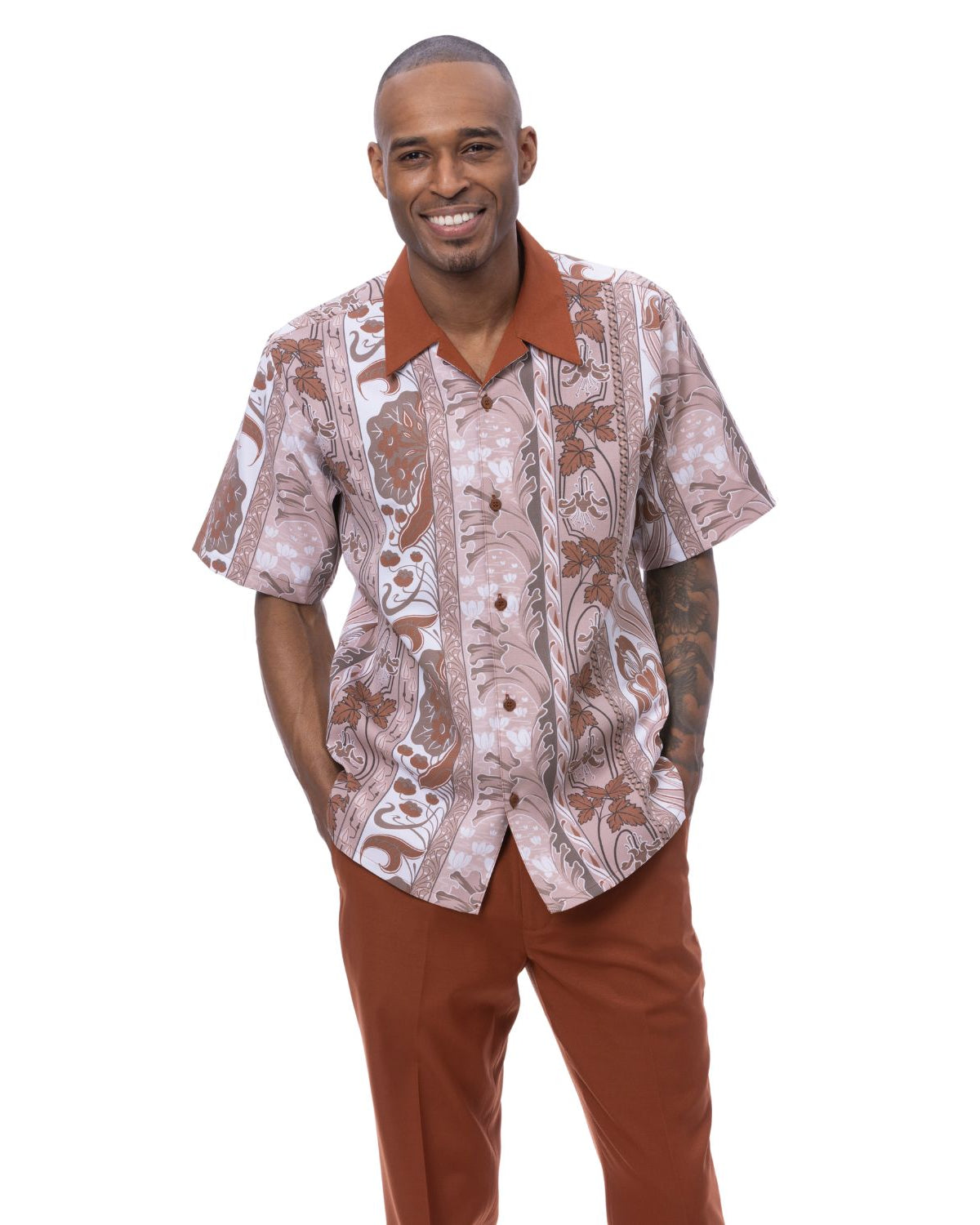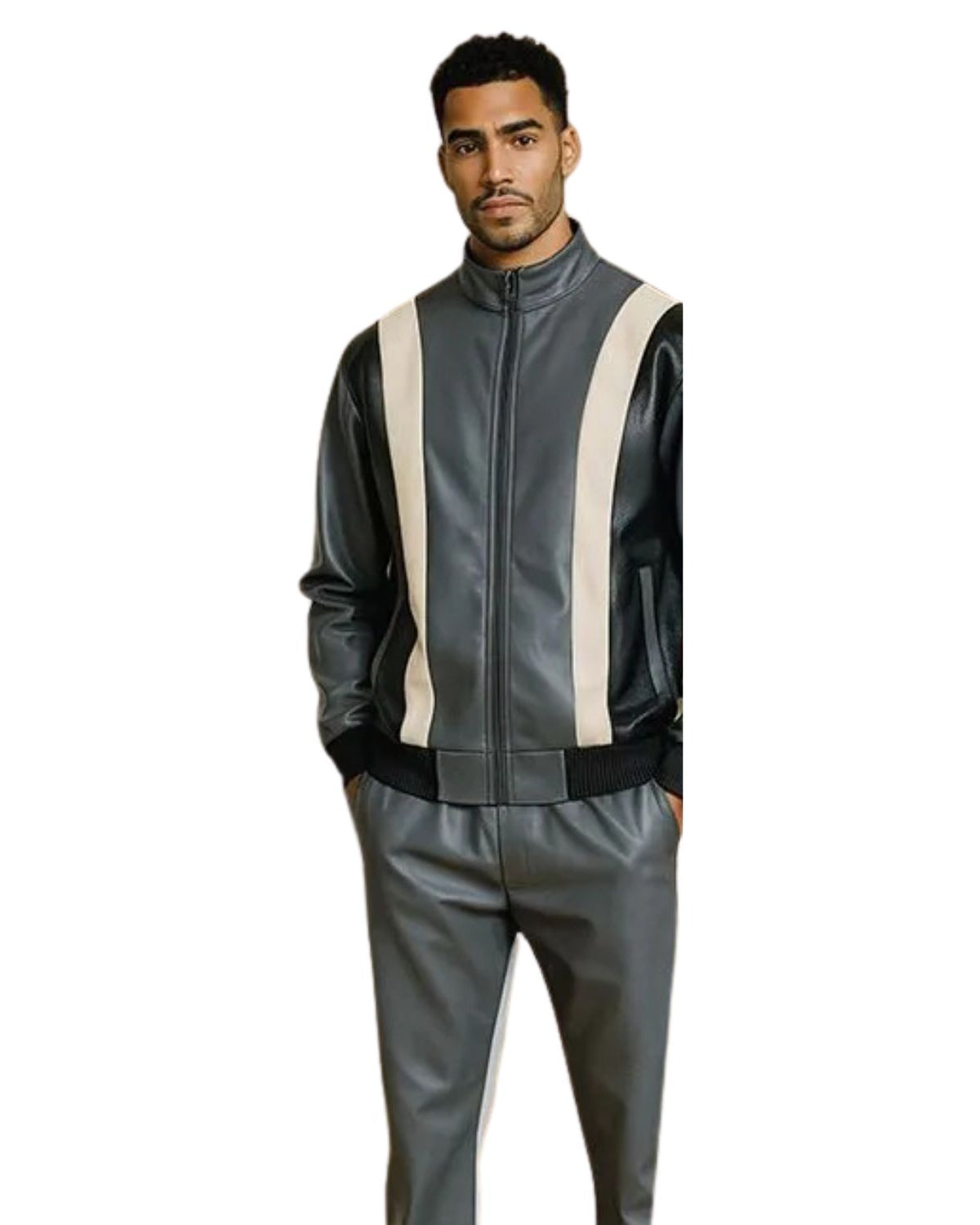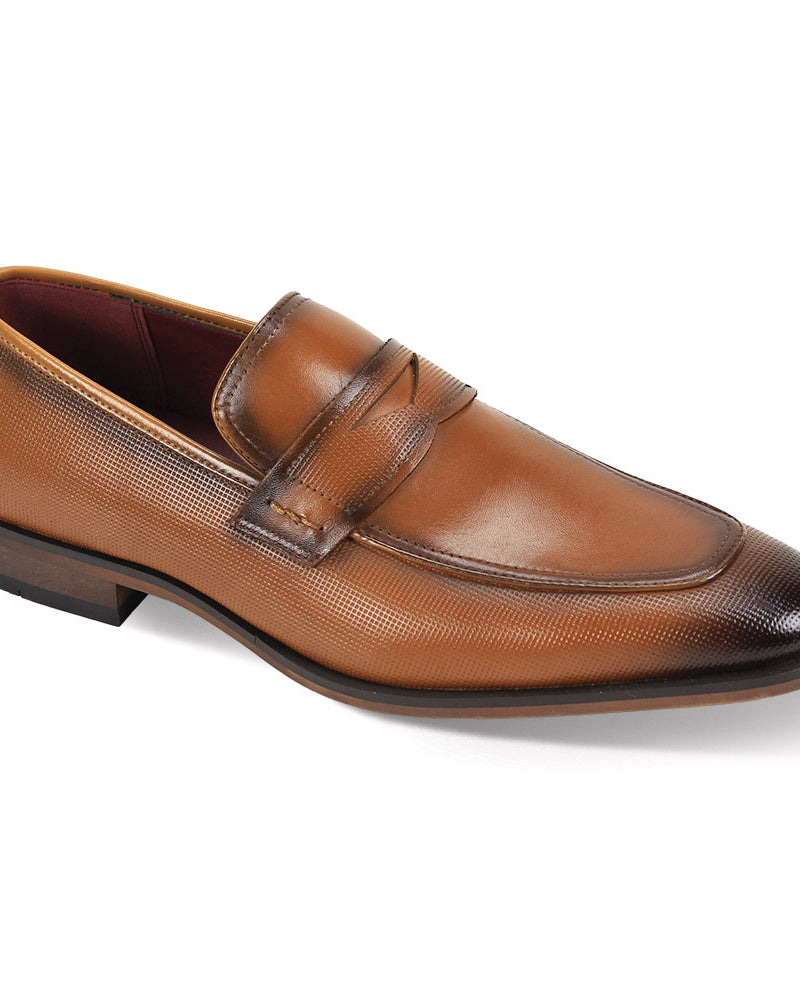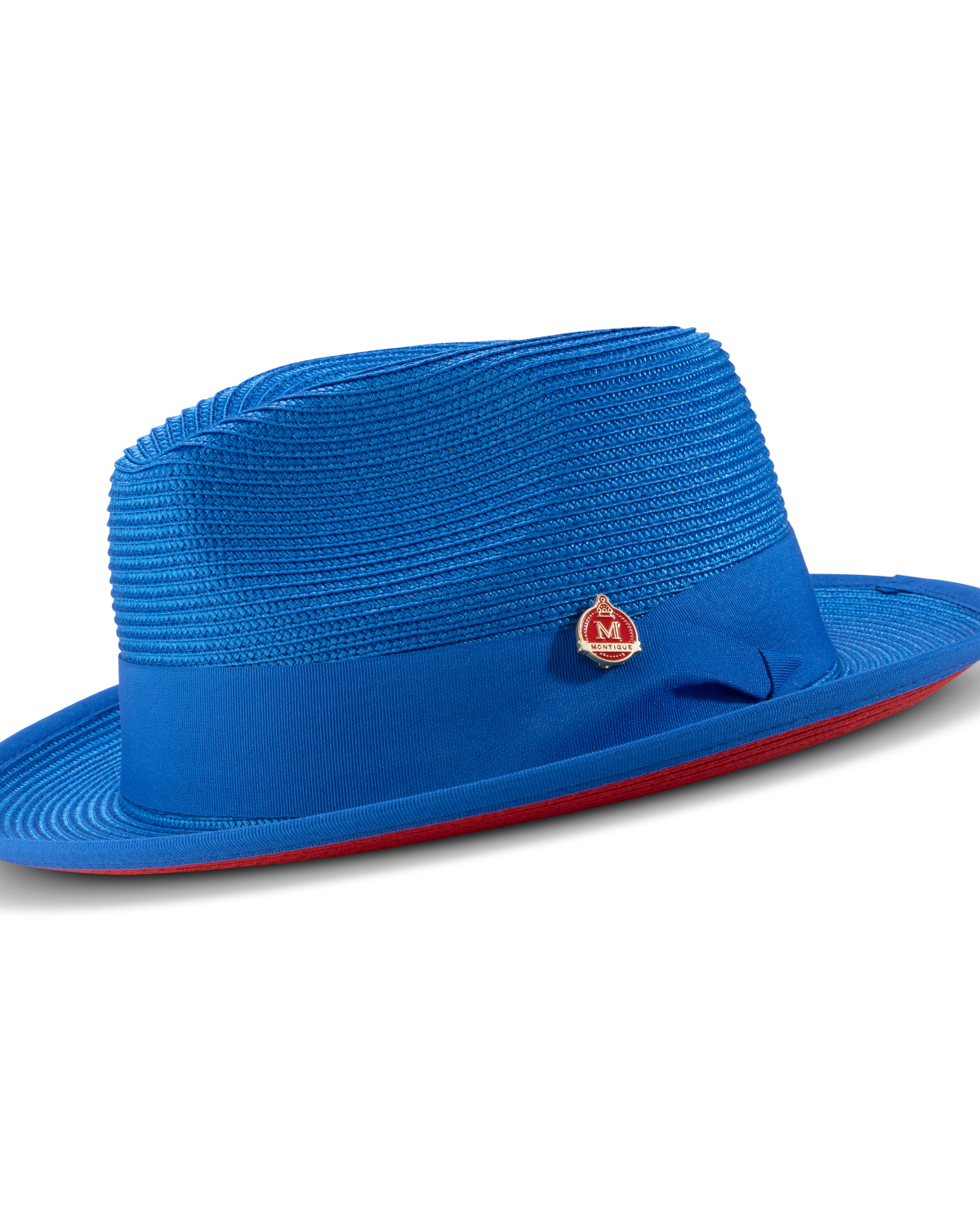What Is A Fedora? – The Definitive Fedora Style Guide
What exactly defines a fedora? When it comes to this classic hat, there are actually a wide variety of styles to choose from.
Truth be told, the only two constants that make a fedora is that it has a crown and a brim. All of the other features are just ancillary – which means that two different styles of fedoras can potentially look drastically different from one another.
Before you buy your next fedora, let’s go over some of the different styles, materials, and accents that are out there.
The Different Types of Fedora Crowns
If you look at a fedora’s crown, the first thing that you will notice is that it has an indentation in its middle. In addition to this, some fedoras also have a pinch design; however, the position of the pinches can differ based on the style. The front of the fedora is 'pinched' on both sides and usually, these pinches are pressed an inch or two into the crown of the hat.
Teardrop Fedoras
As its name suggests, when it is viewed from above, the crown of this type of fedora has a signature teardrop shape. At the front end, the crown becomes more pointed and curved, whereas at the back end it is slightly rounded. In terms of practicality, teardrop crowns are generally designed to be easier to handle by having side indentions on them.
Center Crease Fedoras
The iconic center dent fedora has a single fold that runs down the middle of the crown. The depth of the fold usually ranges between one to two inches and it is recognized by the pinch form it creates. Throughout history, center crease fedoras have most often been used for formal wear.

The Different Types of Fedora Brims
A short, or 'stingy' brim has been fashionable from time to time; however, a conventional fedora brim is usually between two inches and three and a half inches.
When it comes to the brim shape, there are several options to choose from. Some of the most popular shapes include: flat-brimmed, snap-brimmed, or curled up on the edges.
A fedora’s brim is classified as “flat” if it runs parallel to the ground. The flat brim style is extremely popular and is often viewed as the most optimal choice because of its ability to shield your face from the sun’s rays.
As the name suggests, a snap-brim fedora can have its brim adjusted up or down at a moment’s notice. In most cases, the brim is usually raised in the back and lowered in the front. In terms of practicality, a snap-brim fedora is perfect for people who want to be able to change their hat to suit the weather – making this hat style both fashionable and practical.
Brims that are curled upward are known as a 'kettle curl' or a 'pencil curl'. If the brim edge points toward the crown or even a little bit down towards the face, then it is a kettle curl. However, if the brim edge points upward and the brim curls less, then it is a pencil curl.
A Fedora For Every Season
Summer Hats – Let Your Head Breathe
When it comes to the warmer months, a traditional fedora might not be the best choice because it might make your head hotter than if you weren't wearing a hat at all. In these situations, straw hats are perfect. The material lets your head breathe – keeping you cool, reducing sweat, and avoiding sunburn.
Winter Hats – Keep the Cold at Bay
Felt hats, like wool, are perfect for keeping your head warm in cold weather. Throughout history, felt has been one of the primary fabrics of choice when it comes to winter hats. Fedoras that are made from this material are a perfect way to remain fashionable while also shielding yourself from the elements.
Fedora Materials, Decorations, And Accents
Fedoras can be purchased with or without lining and some models have an attached cloth sweatband that circles around your head to keep it cool during warm weather. On the other hand, some fedoras feature leather bands for added durability.
Fedora Without Lining
Some of the most popular materials that are used to make fedoras include:
- Leather
- Wool
- Cashmere
- Rabbit or beaver felt
- Straw
- Linen
The material that is ideal for you will depend on your preferences, where you plan to wear the fedora and the climate that you live in. In addition to this, it is always important to remember that the type of material that your fedora is made from will influence how casual or formal it appears.
One of the most recognizable features of the fedora is, without a doubt, the hatband. As a result, a lot of people will add their own bands on top of their fedora’s original band. This might work for some people, but it is a style choice that is definitely not for everyone. Instead, some people will opt to purchase a fedora that already has a distinctive band – ultimately your choice will depend on how you want to customize your look. The band is located around the bottom of the fedora's crown and they are typically made of grosgrain ribbon; however, some fedoras also utilize leather, satin, or cowhide bands instead.

One of the most common ways that fedora wearers opt to make their hat unique is to simply add a feather or a pin to the headband.
What Will Your Fedora Say About You?
The fedora is a classic piece of fashion that has been around for centuries and it definitely won't be going out of style anytime soon.
The various styles and materials that are out there mean that you can easily find a fedora that is suitable for casual wear or perfect for formal occasions (or both).
Whether you’re looking to buy your first fedora or add one to your existing wardrobe, we hope this guide has helped you find your perfect style. Who knows, it might just become your new favorite accessory!















